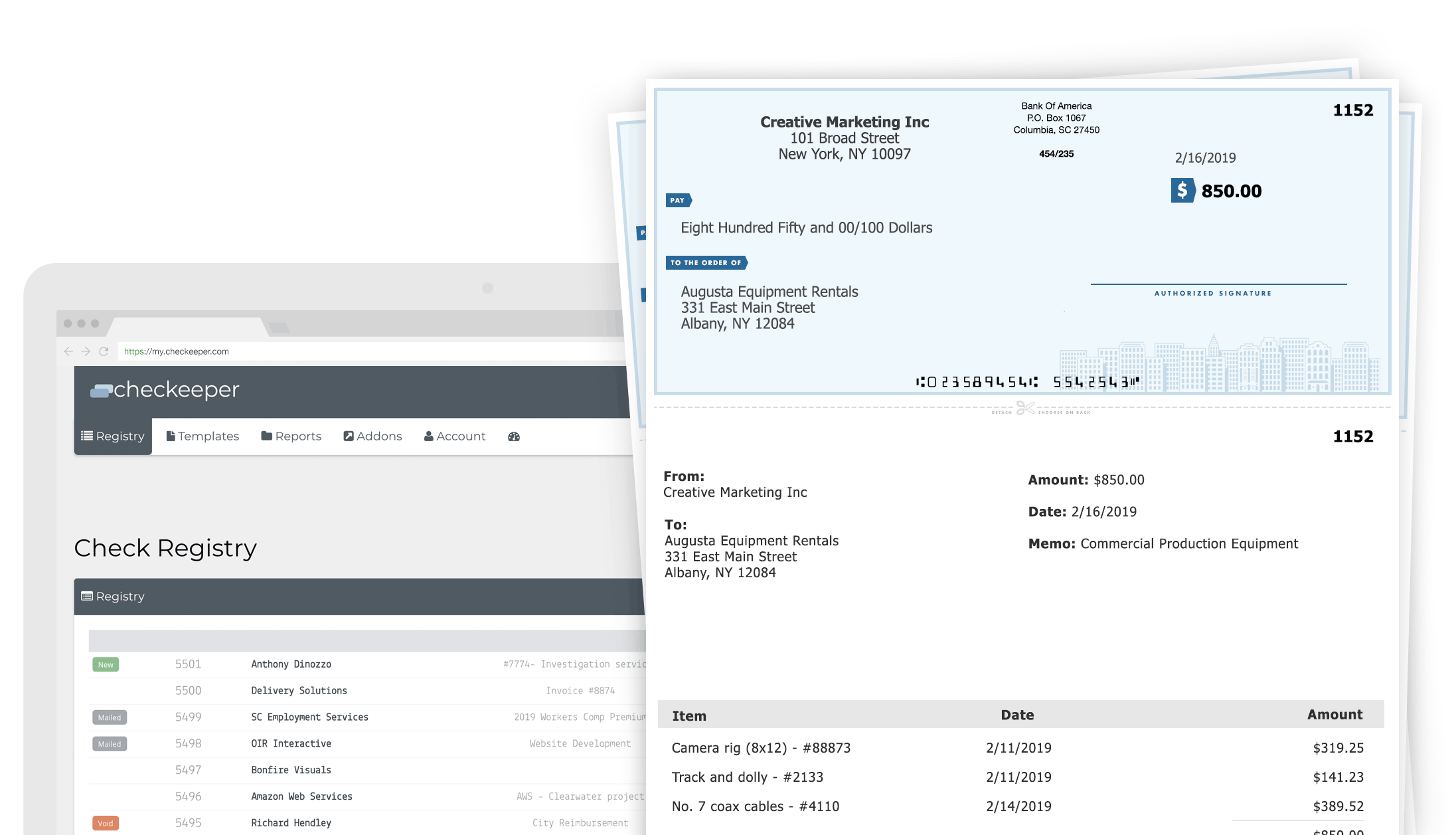
Figure 1: Fresh products with a high risk of waste require a more responsive grocery supply chain. In addition, many of them will need to manage the complexity of operating multiple store formats while offering several fulfillment options.

Successful food retailers need to master both the hard discounters’ lean, highly efficient grocery supply chains as well as the agile, responsive supply chains needed for fresh products. Whichever strategy a retailer chooses, they have a slim chance of success if they don’t develop their grocery supply chain to match it. All food retailers need to make tough choices today about where to place their business bets. These trends all present challenges and opportunities, but it’s clear that supply chain management will lie at the heart of the successes-and failures-we see in the future of grocery retail. The good news is that sustainability, efficiency, and profitability, in many cases, go hand in hand. Retailers who fail to take meaningful action to reduce waste and emissions put their reputations at risk. Many leading retailers have already committed to lowering their carbon emissions, but very soon, sustainability will move from “positive messaging” to table stakes. Consumers’ environmental concerns are only growing, and they expect their grocers to develop sustainable practices too. The increasing complexity as they experiment with fresher products, smaller store formats, and localized assortments will put their grocery supply chains to the test. In their pursuit of growth, these former hard discounters are stepping away from their highly efficient comfort zones previously built on simplicity, standardization, and large volumes. Healthy eating trends have even discounters like Aldi and Lidl improving their fresh offerings to include organic meats and freshly baked breads.

Since 2008’s financial crisis, discounters have grown their market share, proving that shoppers appreciate low-cost private label products and well-curated assortments, even at the expense of abundant choice. Discounters have demonstrated the power of operational efficiency.But while many struggle to make e-grocery profitable, few food retailers can afford not to go online.

From online ordering to home delivery and curbside pickup, the speed of omnichannel development has made operational efficiency particularly challenging for food retailers due to their mix of low-value products and high handling costs for fragile, variously sized products that often require temperature control.


 0 kommentar(er)
0 kommentar(er)
